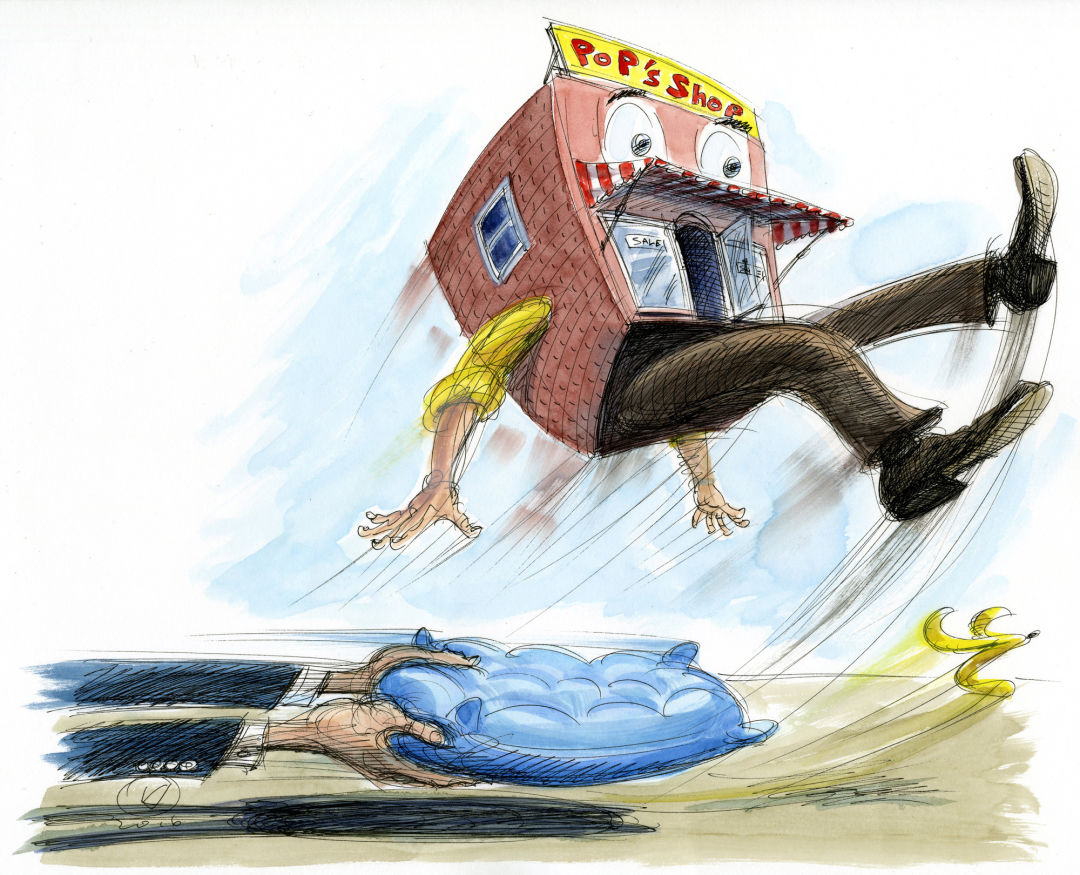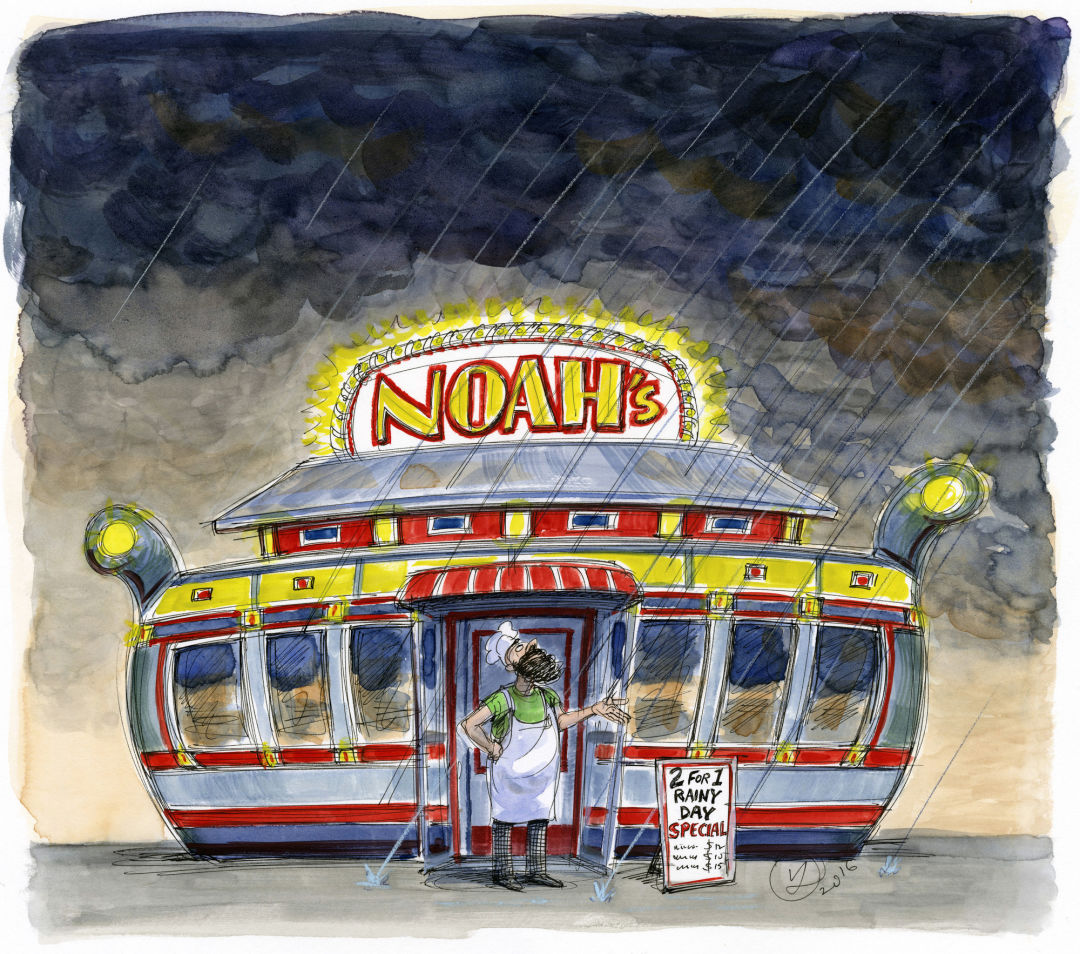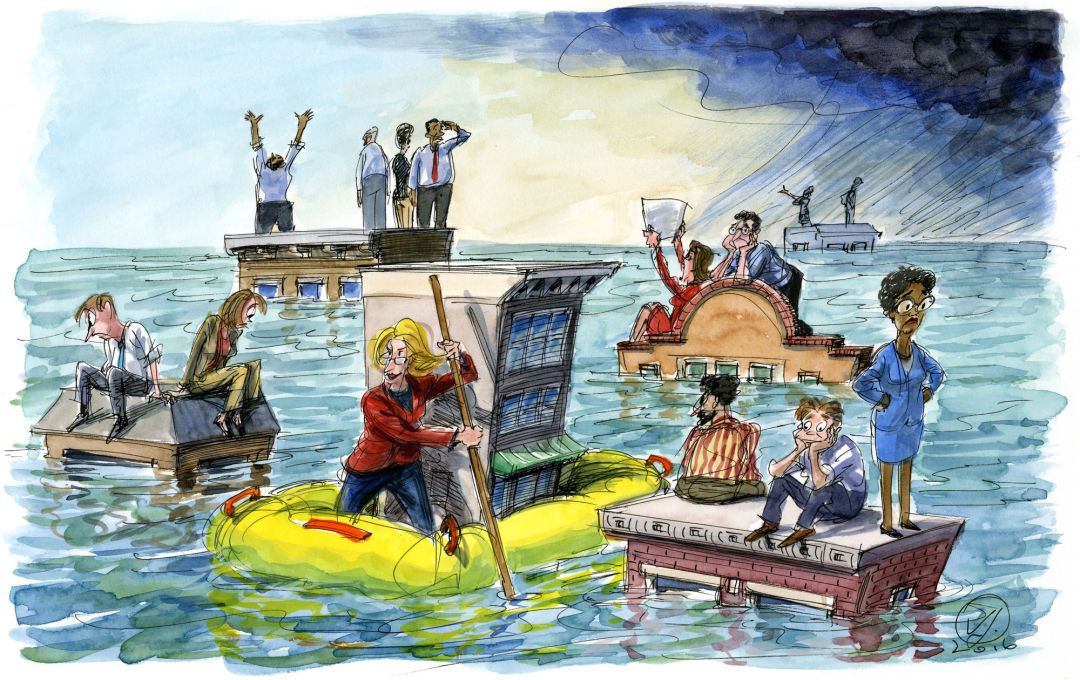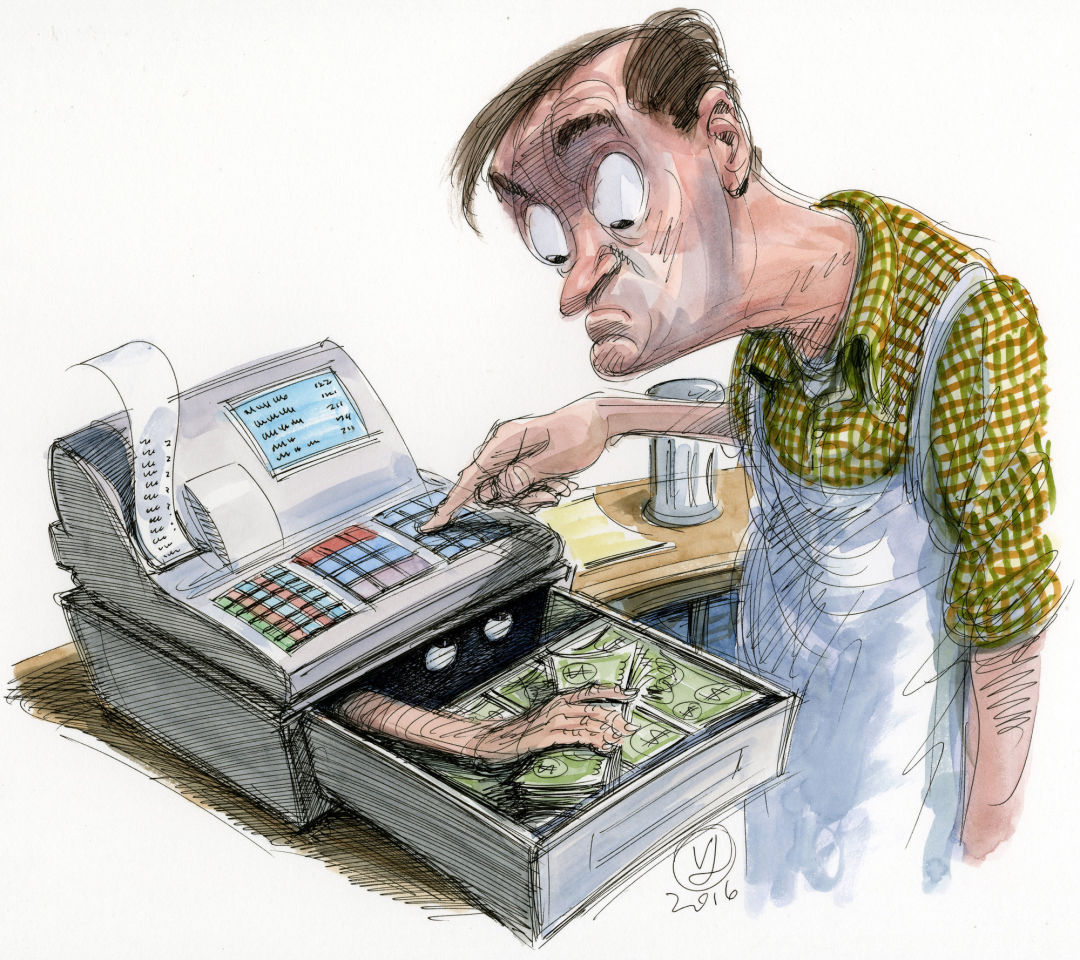Must-Have Insurance Coverage for Small Business
Every business needs insurance. That’s the easy part. Knowing what type of insurance and how much will best cover your specific business… that can be a challenge. We asked some Sarasota and Manatee insurance agents about the products that every small and mid-size business should consider to protect its operations, employees and customers. Here are the top five policies that will help you stay safe and secure, plus some coverage types to consider.

1 Business Owners Policy
A Business Owners Policy (BOP) is generally a combination of property and general, plus professional liability coverage. According to Angela Smith, vice president of commercial lines for Al Purmort Insurance in Sarasota, a BOP is “one of the most important pieces” of insurance a business can carry. They’re typically issued to small businesses with sales under $10 million per year, and many larger organizations aren’t eligible.
Almost as rewarding is a related accelerated depreciation provision, 168(k), nicknamed bonus depreciation. You can immediately expense 50 percent of the cost of additional new qualifying business property—even if it generates a loss—which will help you offset other income.
Costs will vary based on which coverages are included in your BOP, but most packages start at around $1,000 per year for a small mom-and-pop operation. They can run up to $45,000 per year for a distribution company, for example.
A BOP usually is comprised of two types of insurance that are packaged together, often resulting in a cost savings for the insured:
Property insurance: Even if you don’t own the building that houses your business, property insurance is essential. “If you are renting a building you are still responsible for the contents in that building in the event that there is a loss,” Smith says. “You want to protect those assets.”
General liability insurance: This policy covers your typical slip-and-fall type risk exposures. If your company is sued, the general liability usually kicks in.
In cases where a business is not eligible for a BOP, it must seek out these insurance products piecemeal.

2 Flood Coverage
No matter what the flood-zone maps show, says Moody Agency president Gar Reese, “All of Florida is in a flood zone.”
He recommends that every business protect itself with flood insurance. As with homeowners’ policies, flood insurance is written into the property insurance policy. But, Smith says, “It’s been so long since a major flood in this area that people figure that if they’re not in a flood zone, they don’t need that coverage. I absolutely think that it’s something you should protect yourself against.”
Smith points out that many of the areas hit hardest with floods on the east coast during last fall’s Hurricane Matthew were not designated flood zones. According to the National Flood Insurance Program, which is part of FEMA, more than 20 percent of all flood insurance claims are filed for properties outside of mapped high-risk flood areas. These non-flood-zone properties receive one-third of federal disaster assistance for flooding. From 2011 to 2015, the average commercial flood claim was $90,000.
Rates will vary depending on the size of your business, the elevation of your structure and its assessed flood risk. Ryan Brown of Ben Brown Insurance says that a business on St. Armands Circle with $500,000 in coverage for the building and $200,000 in coverage for its contents could pay a yearly premium of nearly $9,000. That figure gets significantly lower—as low as $700 yearly—for businesses farther inland with very low flood risk.

3 Auto Policies
For businesses that own vehicles, whether to transport goods or services, a commercial auto policy is a must. These polices are similar to a personal auto policy, only with broader liability limits. Commercial policies typically cover the business up to $1 million, while a personal auto policy typically maxes out around $500,000.
Business owners often overlook a non-owned auto liability policy. This covers the company when employees use their personal or rented vehicles for business purposes.
“If an employee runs to the bank or the post office and there’s an accident, a savvy attorney is going to find out they were working at the time,” says Brown. “They can tie in the business to any lawsuit.”
The hired and non-owned policy will generally kick in for anything above and beyond the employee’s personal auto insurance policy.
Some agencies, like the Moody Agency in Venice, will include the hired and non-owned insurance policy as part of the BOP. But, as Moody’s Reese suggests, business owners should check with their agent to make sure it’s there or can be added.

4 Workers’ Compensation Insurance
Workers’ compensation is required in Florida for any business with four or more employees, including the owner. If you are in the construction industry, you are required to carry this coverage if you have one employee. This insurance pays 100 percent of costs if employees are injured on the job and also provides the employer liability coverage in the event a suit is filed by the injured worker.
The state regulates workers’ comp requirements and sets the rates. Every business will have certain types of employees, and the state classifies each employee type.
“Your premium is based on the classification,” Smith says. “The premium rate itself is per $100 of payroll for each class code.” The rate for clerical office employee, for example, is 24 cents per $100 of payroll. So, if you’re paying your office workers $100,000, your yearly workers’ compensation premium would be $240. Higher risk concrete construction employees, for example, cost $11.05 per $100 of payroll.
Brown says one mistake employers make is failing to take advantage of certain discounts that are offered. The two most common are the Drug Free Workplace Premium Credit (5 percent) and the Safety Program Premium Credit (2 percent). Both discounts have specific requirements that businesses must follow, which include regular, documented meetings.
“If you’re already promoting safety,” Brown says, “you may as well get the discount.”
For up-to-date info on Florida’s workers’ comp regulations, check with the Florida Department of Financial Services website, FLDFS.com.

5 Business Interruption Coverage
If your business is shut down for reasons outside of your control (a fire, hurricane, water main break), business income insurance will cover your income and business expenses—rent, utilities, etc.—until you’re back up and running.
This policy can be written as part of the BOP, but businesses that don’t qualify will need to seek it separately. Operating expenses can add up and cause major hardship for a business in the event that it has to be shut down.
“That is the No. 1 thing that crushes a small business,” Brown says. “When they have a claim, they can’t occupy their building, and they’re incurring all of the costs while they’re not making income.”
Claim limits will vary based on a business’s actual operating costs, but businesses can choose whether to get three, six, nine or 12 months of business income coverage with extra expense. Brown says it’s difficult to predict the cost because it’s normally folded into the BOP. Because there’s no cap on the coverage with this type of insurance, the premium will be calculated based on a business’s assets and profits.
Play It Safe
Optional policies to consider.

Data Breach and/or Cyber Liability Insurance
This insurance protects businesses in the event of a digital or physical (paper) data breach. It’s become increasingly popular in the wake of several high-profile data breaches at large companies like Target and Home Depot. It covers the cost of notifying any customers affected and providing free credit checking services. “Anybody who’s taking [personal] information from people and it gets out and it’s your fault, you’re liable,” Reese says.
Umbrella Insurance
Brown recounts a story of a trucking company whose employee likely fell asleep at the wheel, crashed his flatbed semi and perished in the accident. The employee’s family sued Brown’s client. The auto policy engaged and paid out the $1 million coverage limit, but the family sought damages beyond that. The client’s umbrella policy kicked in and covered another $650,000 in that case.
“Without that umbrella policy, there would have been no more coverage for our client after that first $1 million,” Brown says.
Umbrella is an inexpensive product, he says. If you are running a business and you have the exposure of anything that could exceed the $1 million per occurrence or $2 million aggregate limits on your general liability and your auto policies, the umbrella is that extra layer of protection for you. The premium for umbrella insurance typically runs $500 per $1 million in coverage, depending on your operations.
“Whatever agency or broker you’re dealing with,” Smith advises, “make sure they understand the type of business that you’re in and that they know those types of coverages inside and out.”
Employment Practices Liability Insurance
This policy will protect employers from sexual harassment and discrimination lawsuits. It also kicks in for cases where employees make a claim against a company for failure to pay employees for time they should have been paid for. “Basically, this policy protects against violations of employees’ legal rights,” Brown says.
Brown says a company with five employees will likely pay a yearly premium of $500, while a company with 50 employees could pay up to $5,000 per year for this coverage.
Employee Dishonesty Insurance
This policy can be written into the BOP, and it protects the company if an employee is stealing from you or embezzling money. Claims on employee dishonesty often will require proof of theft in the form of legal proceedings. Business owners should consider this coverage if they employ people who handle cash or have access to company funds.
Cost for employee dishonesty insurance is low—usually around $150 per year—and Brown says it is typically with other endorsements that carry claim limits around $10,000.



